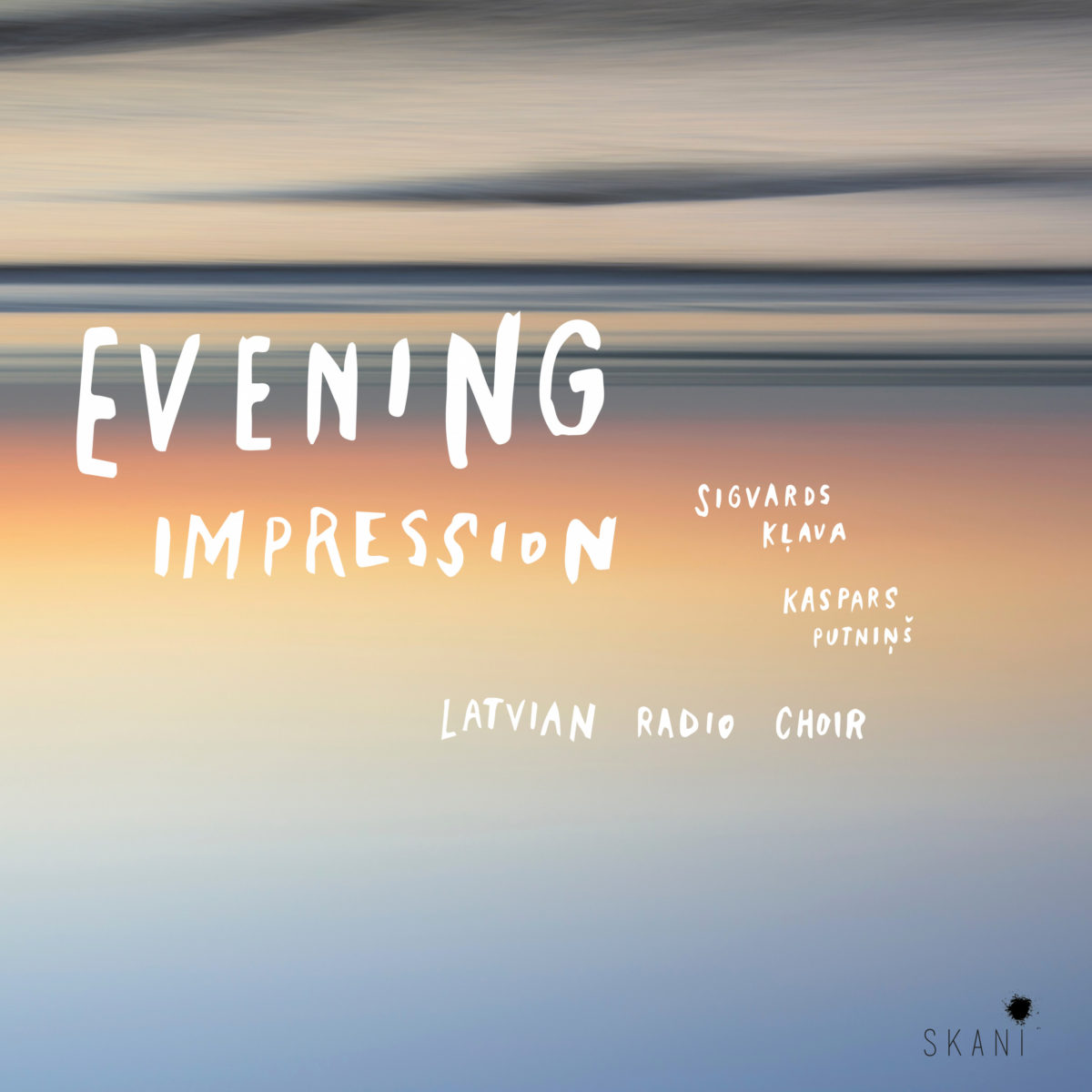It may be surprising to some that the town of Ludza, in the Latgale region in eastern Latvia, had, for many centuries, a small but active Estonian minority. Though relatively distant from Estonia itself, these Estonians, or Lutsi, have a rich cultural heritage and their own southern Estonian dialect.
Not far from Ludza is the Cibla parish, home of the traditional folklore group Ilža. Founded in 1990, the group has, throughout their decades of activity, performed songs from the Latgale region and released many CDs. Their latest CD – released in 2019 – called Lutsi Rahvalaulud – Ludzas igauņu dziesmas (or Songs of the Ludza Estonians) explores the songs of the Lutsi. Combining both historical recordings and new performances, the album reveals the deep roots and cultural legacy of the Lutsi.
Ilža worked on this CD for many years, as much research was needed to study the songs. Composer Emīls Melngailis had collected Lutsi songs in the first half of the 20th century, and his work was the foundation for Ilža’s further study, which included listening to audio materials located at the University of Tartu in Estonia.
The CD also includes historical recordings, such as performances by folk singer Anna Germova, originally recorded in the early 1970s, which are then followed by Ilža’s new interpretation. These include ‘Lätş jezänd sanna’, a humorous song about farmer John who has an unfortunate fall into a clay pit and is laughed at by both birds and the old lady he was going to visit. Another song learned from Germova is the joyous ‘Karga mulle kassikyne’, a song about a little bird’s wedding.
Group member Vita Ruduša, vocalist and kokle performer, provides a tender arrangement of ‘Ōdaks ma ta’ süögi tūjat’ in both an instrumental version, as well as a version with vocals. The song, about a ploughman waiting for his lunch, is given a dreamy atmosphere by the sounds of the kokle. Using the sounds of the stabule (or recorder), Ilža provide an almost Renaissance sound to their performance of ‘Kos sa oļļi’ kitsekyne’, about a man asking his billy goat where he has been (textually similar to the Latvian folk song ‘Kur tad tu nu biji, āzīti manu’, but melodically quite different). The kokles and stabules give an appropriately mystical sound to the lullaby ‘Maka kavva, kazu sūrist’.
The extensively detailed CD booklet is also an invaluable resource, as it contains a very detailed history of the Lutsi, as well as words and music for each song, including the lyrics in the Lutsi dialect, as well as Estonian and Latvian. Texts and song descriptions are also provided in English. The booklet also provides theories as to how these Estonians came to live in Latvia, one such theory is that they were fleeing forced conversion from Catholicism to Lutheranism.
Though the Lutsi culture and dialect may be silent today, the songs on Lutsi Rahvalaulud are still full of vitality and life. This small minority has left a legacy that Ilža have revealed in their recordings, and it is clear that the group has put in a significant amount of work to ensure the performances are authentic. The attention to detail comes through in the performances and provides for a fascinating and enjoyable listen to these rarely heard songs.
For further information, please visit the Ilža page on the Lauska website
Lutsi Rahvalaulud – Ludzas igauņu dziesmas
Ilža
Lauska CD087, 2019
Track listing:
- Oļļi nūr, oļļi sūr
- Lätş jezänd sanna – Anna Germova
- Lätş jezänd sanna
- Velikyne, armakyne
- Nyze hummugu
- – Anna Germova
- Karga mulle kassikyne
- Kits, kits habenilla
- Ōdaks ma ta’ süögi tūjat – Anna Germova
- Ōdaks ma ta’ süögi tūjat
- Ōdaks ma ta’ süögi tūjat (V.Ruduša, instrumental arrangement)
- Čīri vīri čirgukyne
- Kos sa oļļi’ kitsekyne – Anna Germova
- Kos sa oļļi’ kitsekyne
- Kiige maagõ – the men’s ensemble “Ütsiotsõ”
- Maka kavva, kazu sūrist
- Kūzekyne
- Ōdaks ma ta’ süögi tūjat (V.Ruduša, vocal instrumental arrangement)




